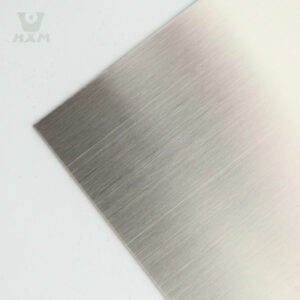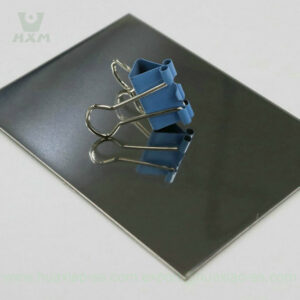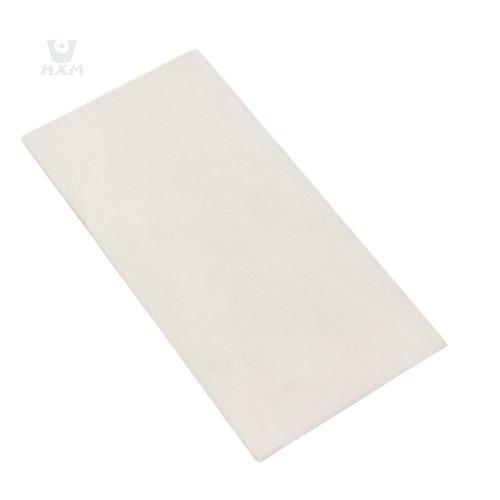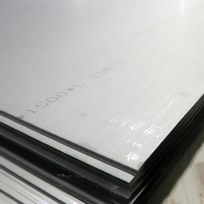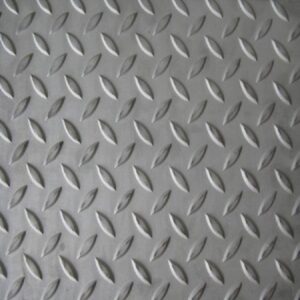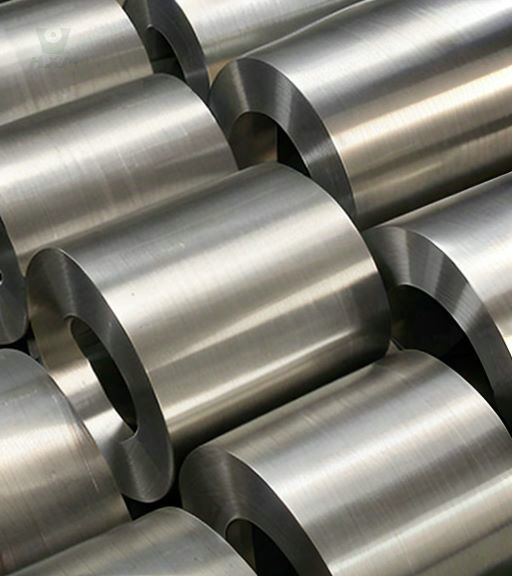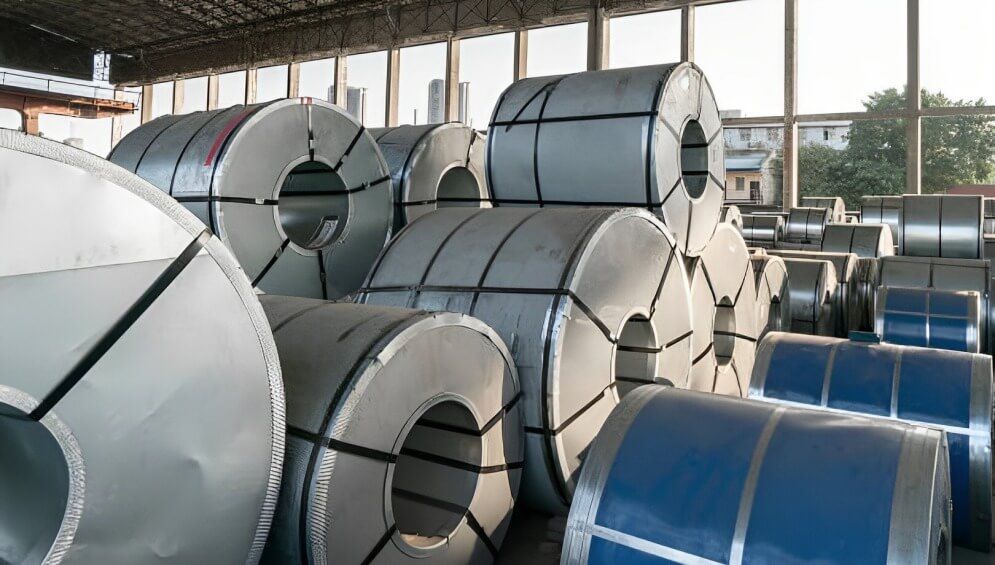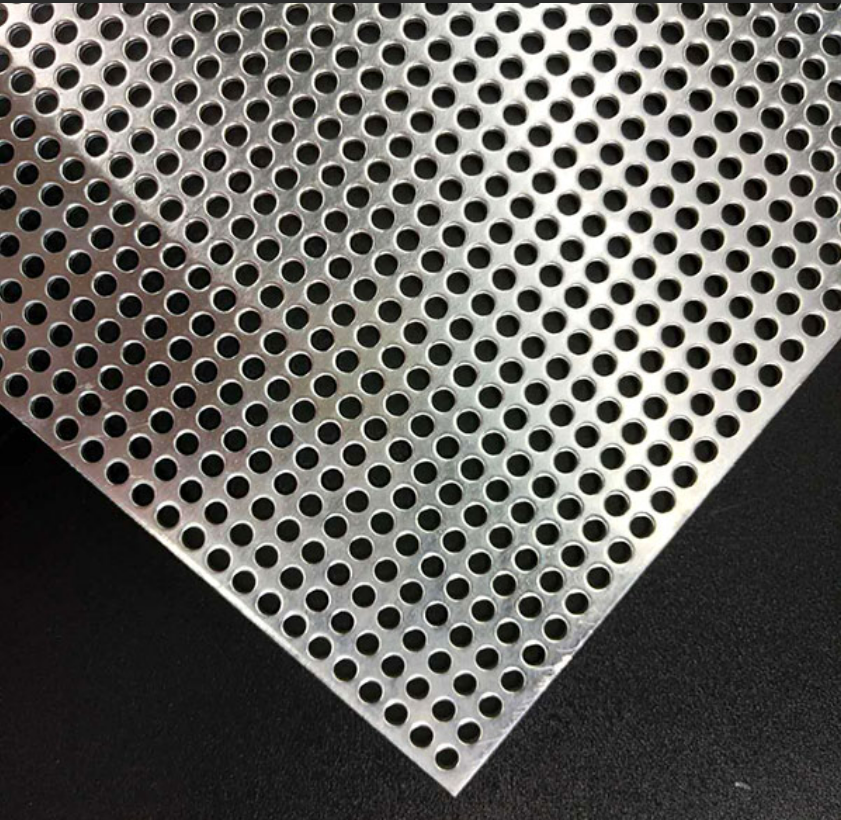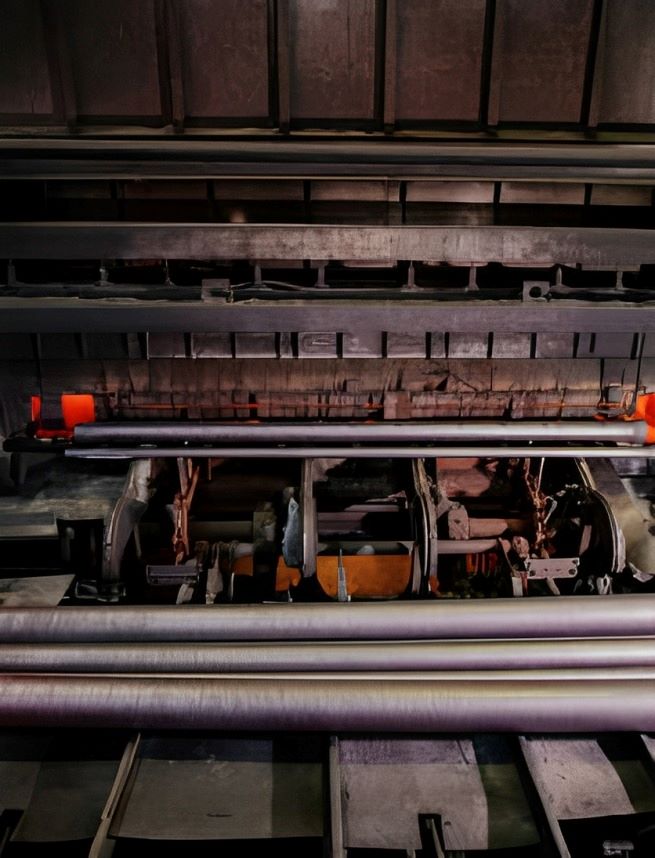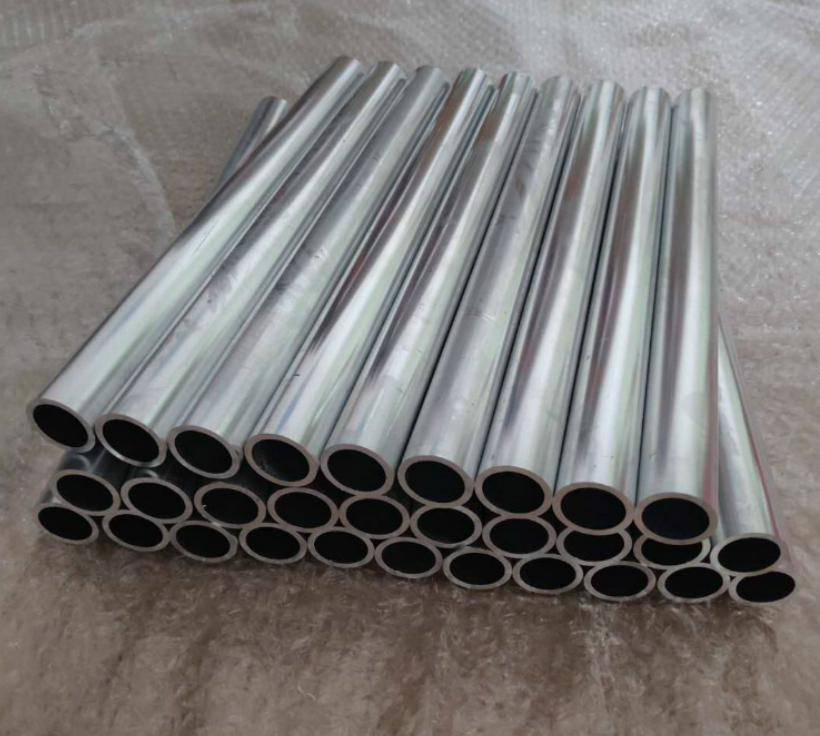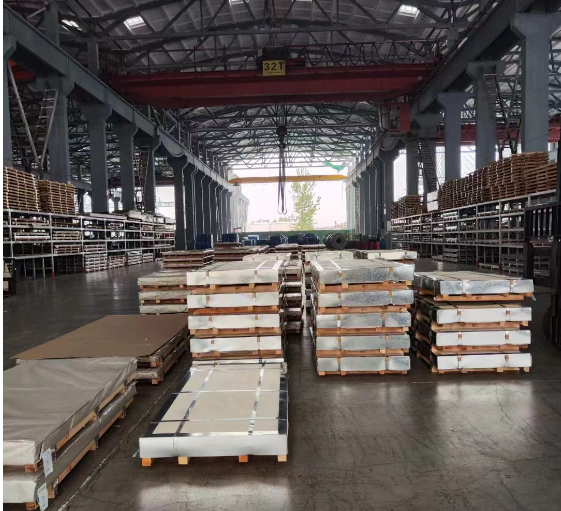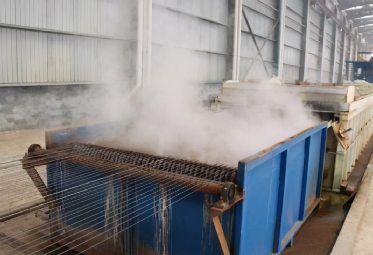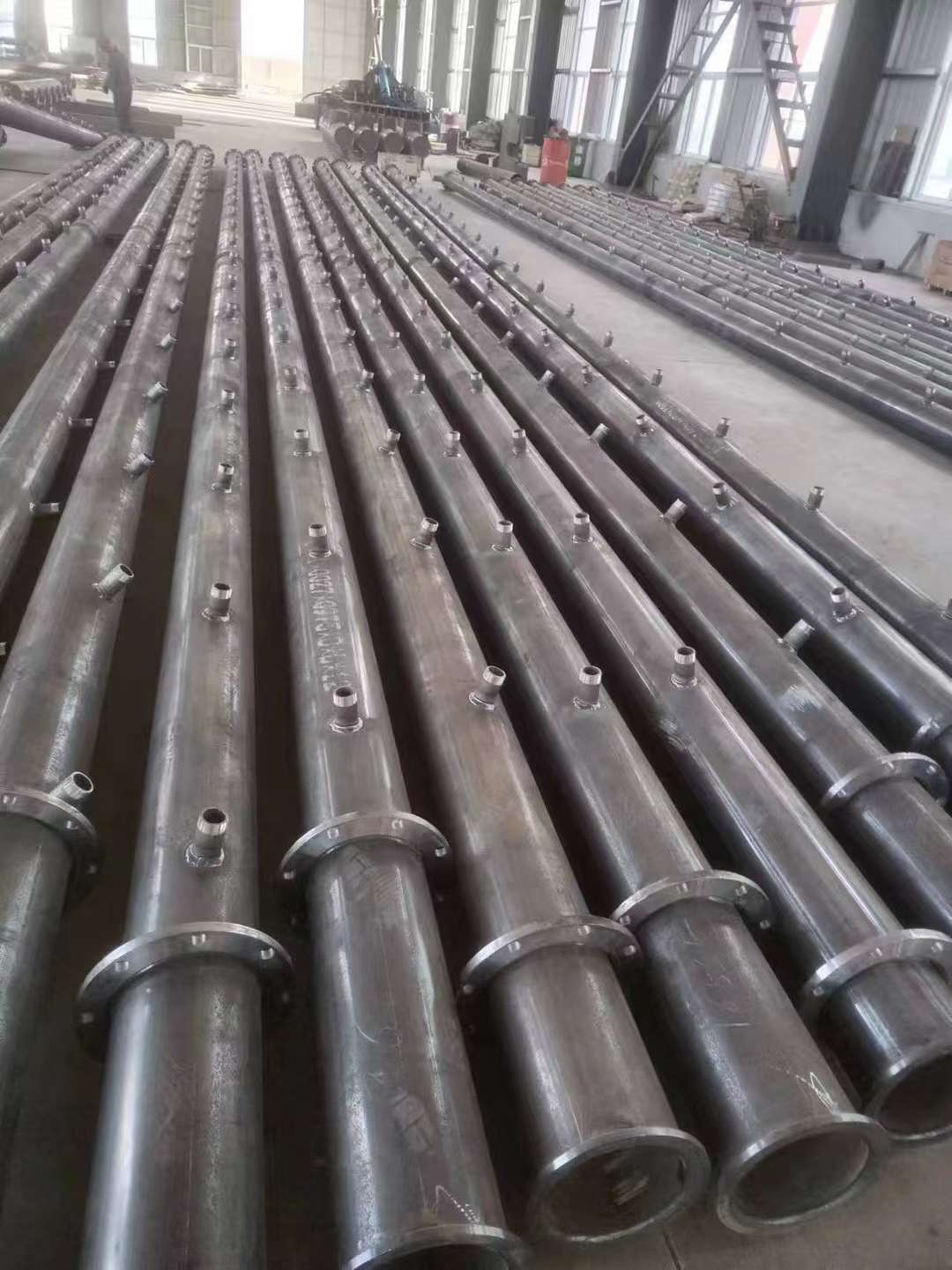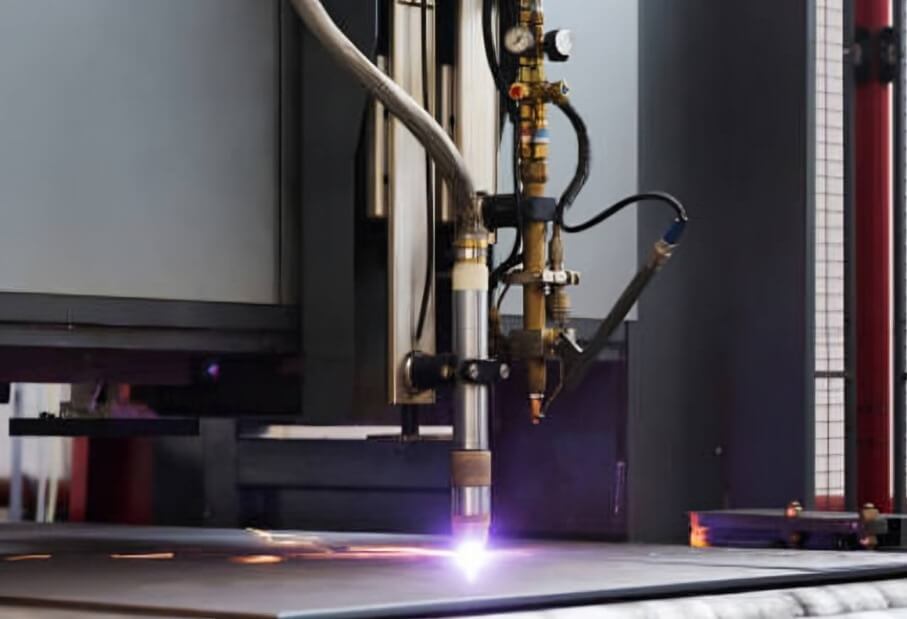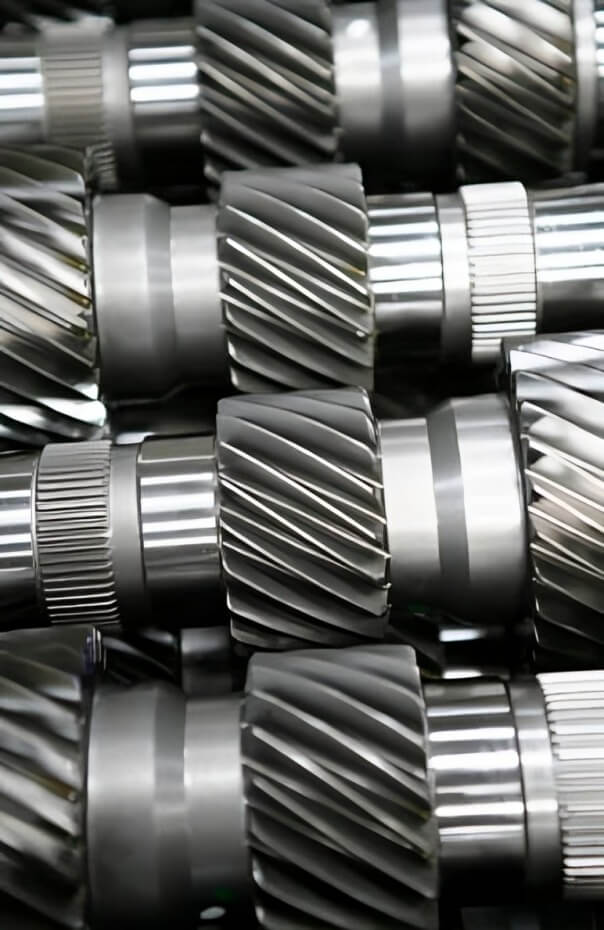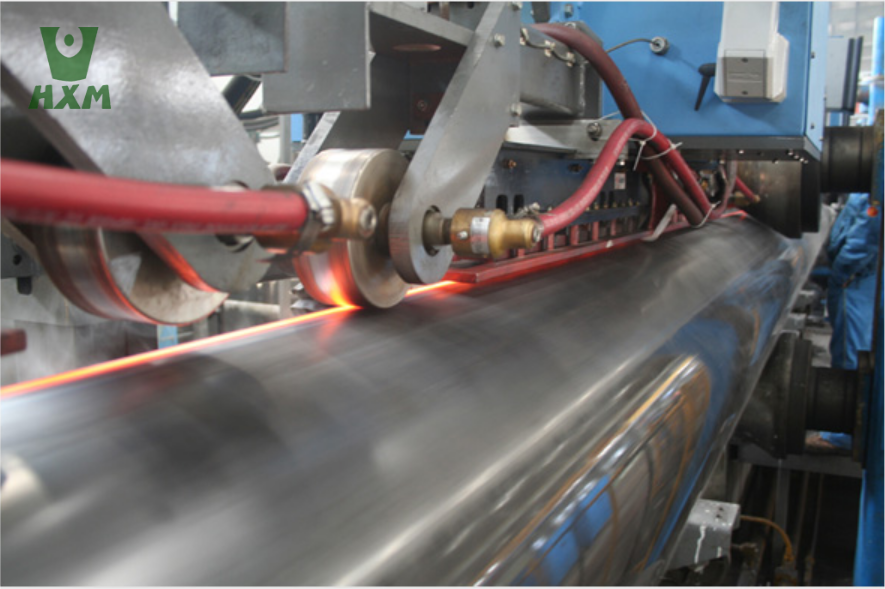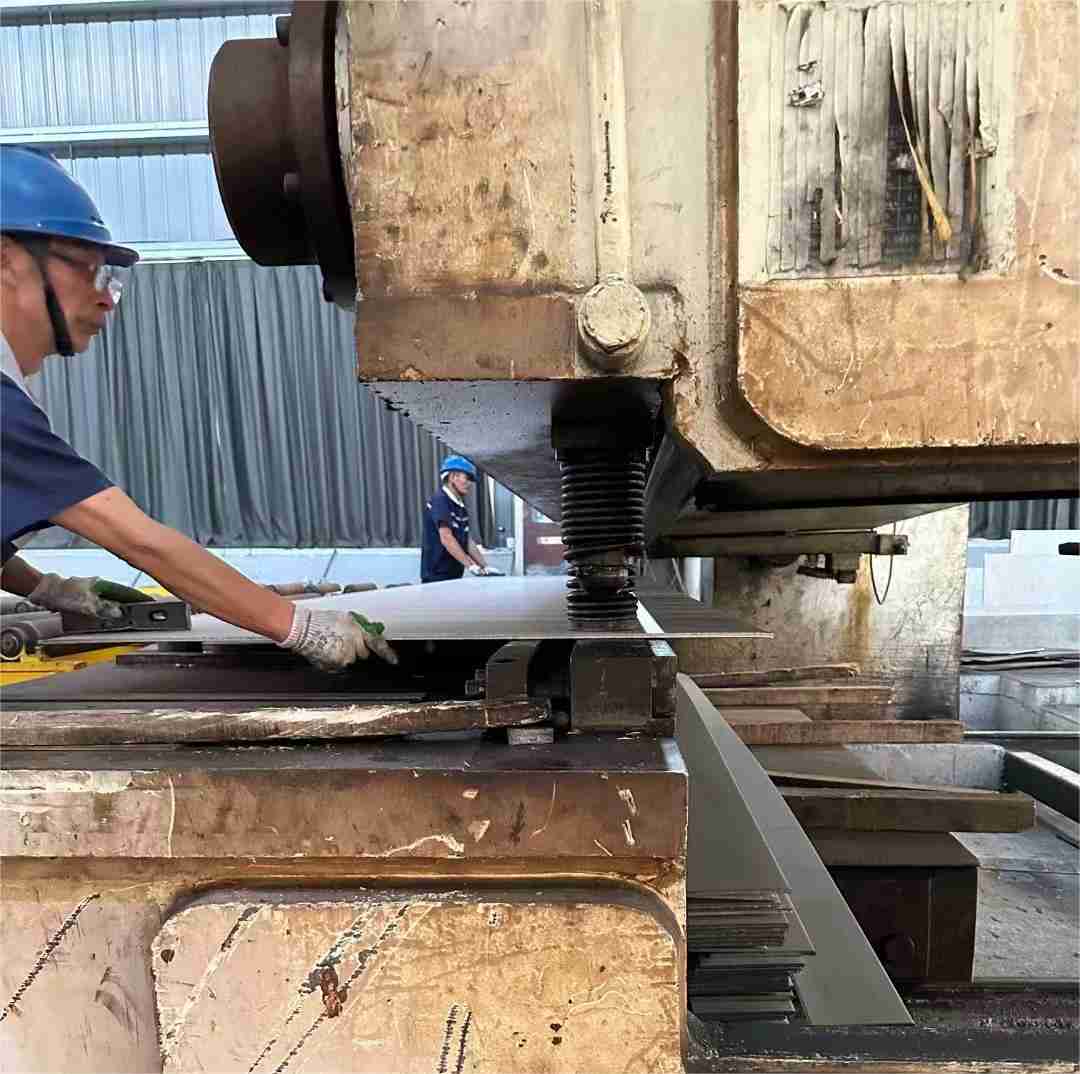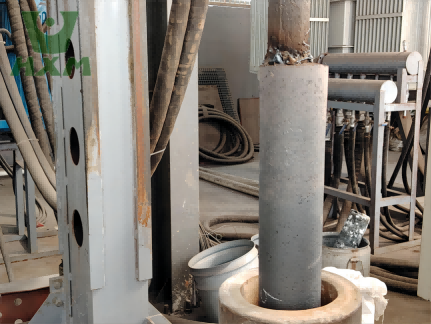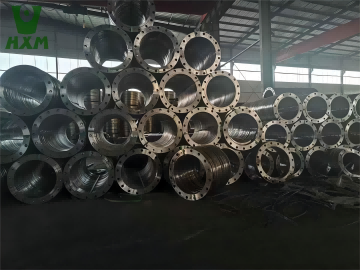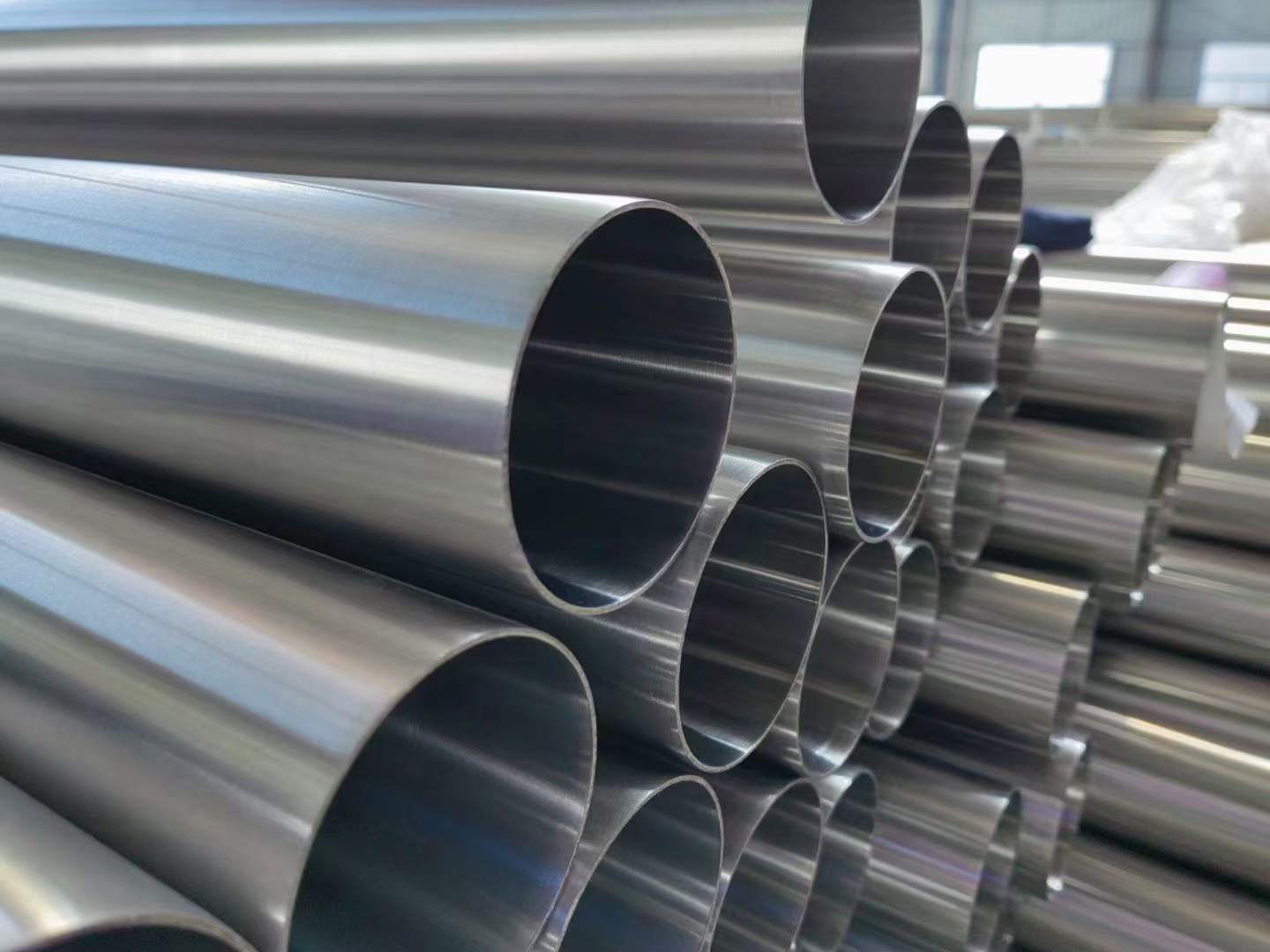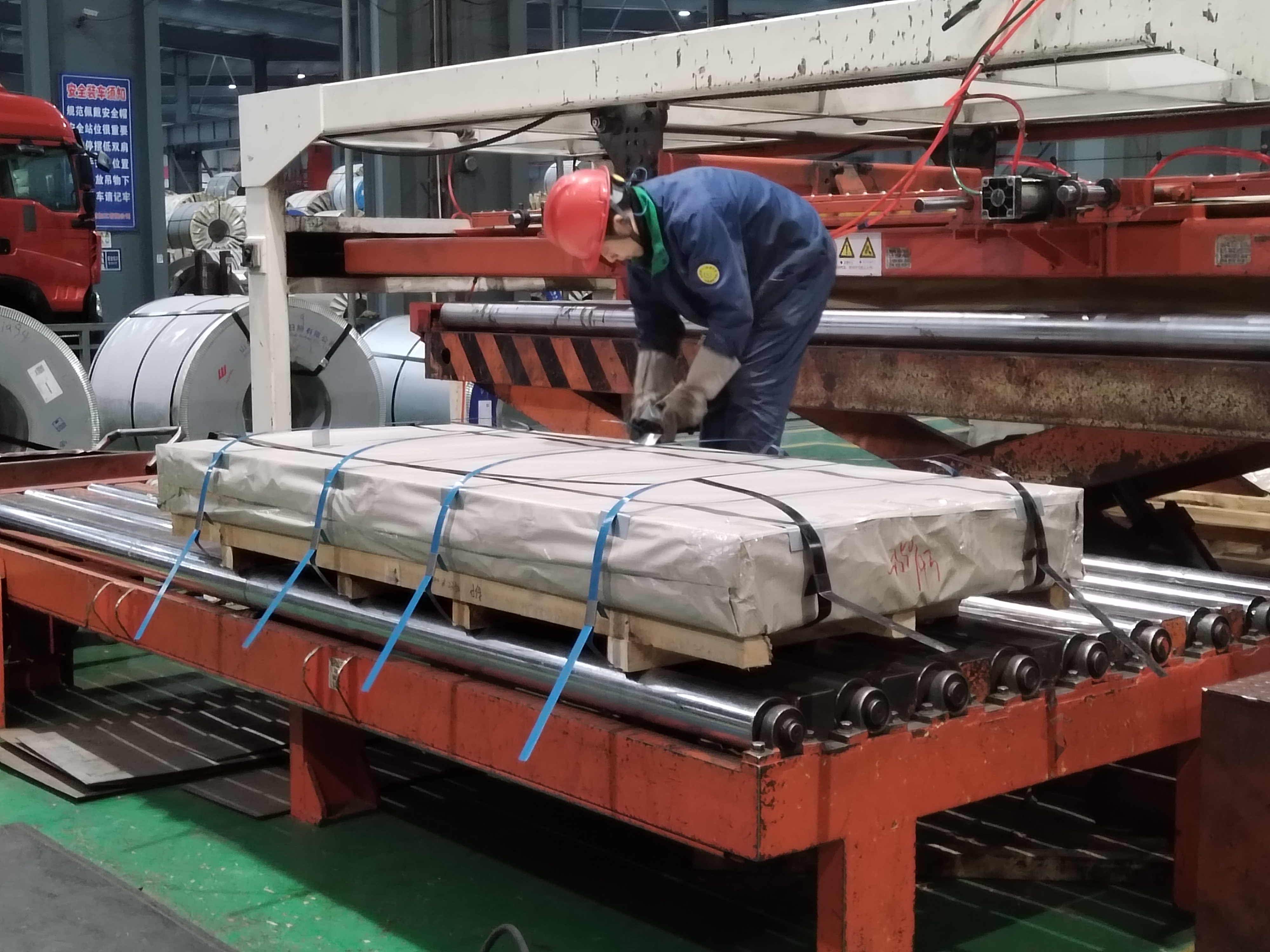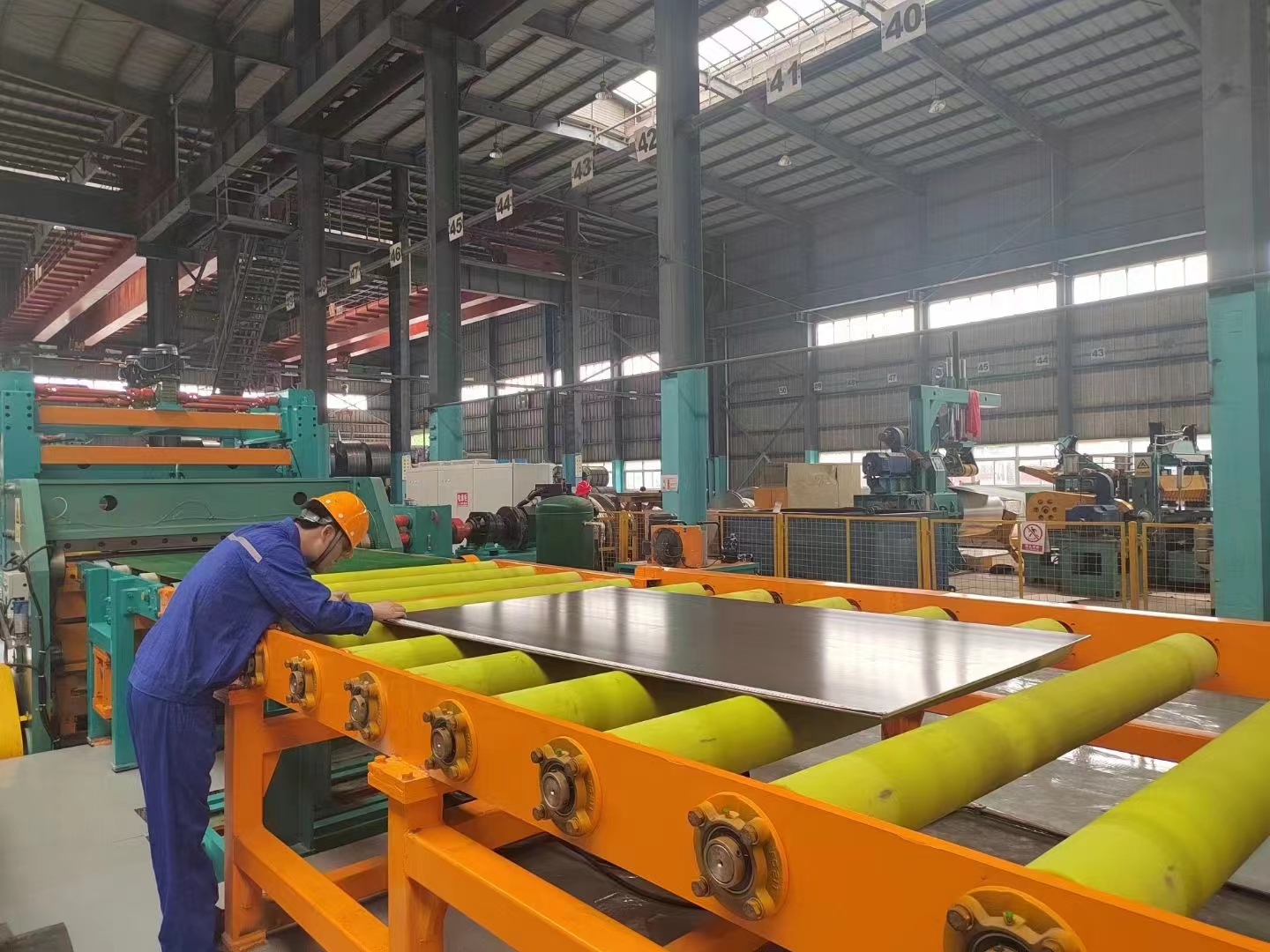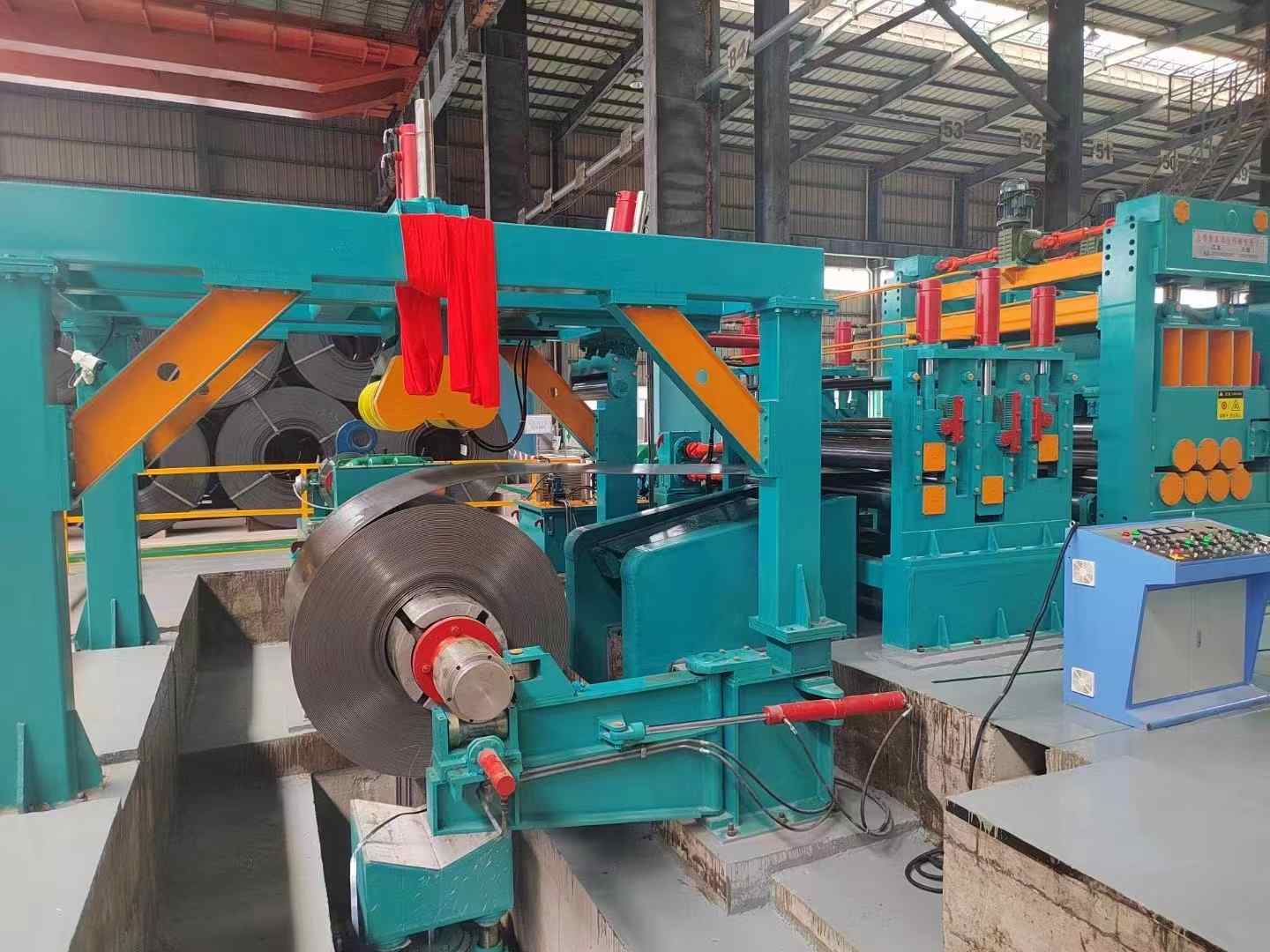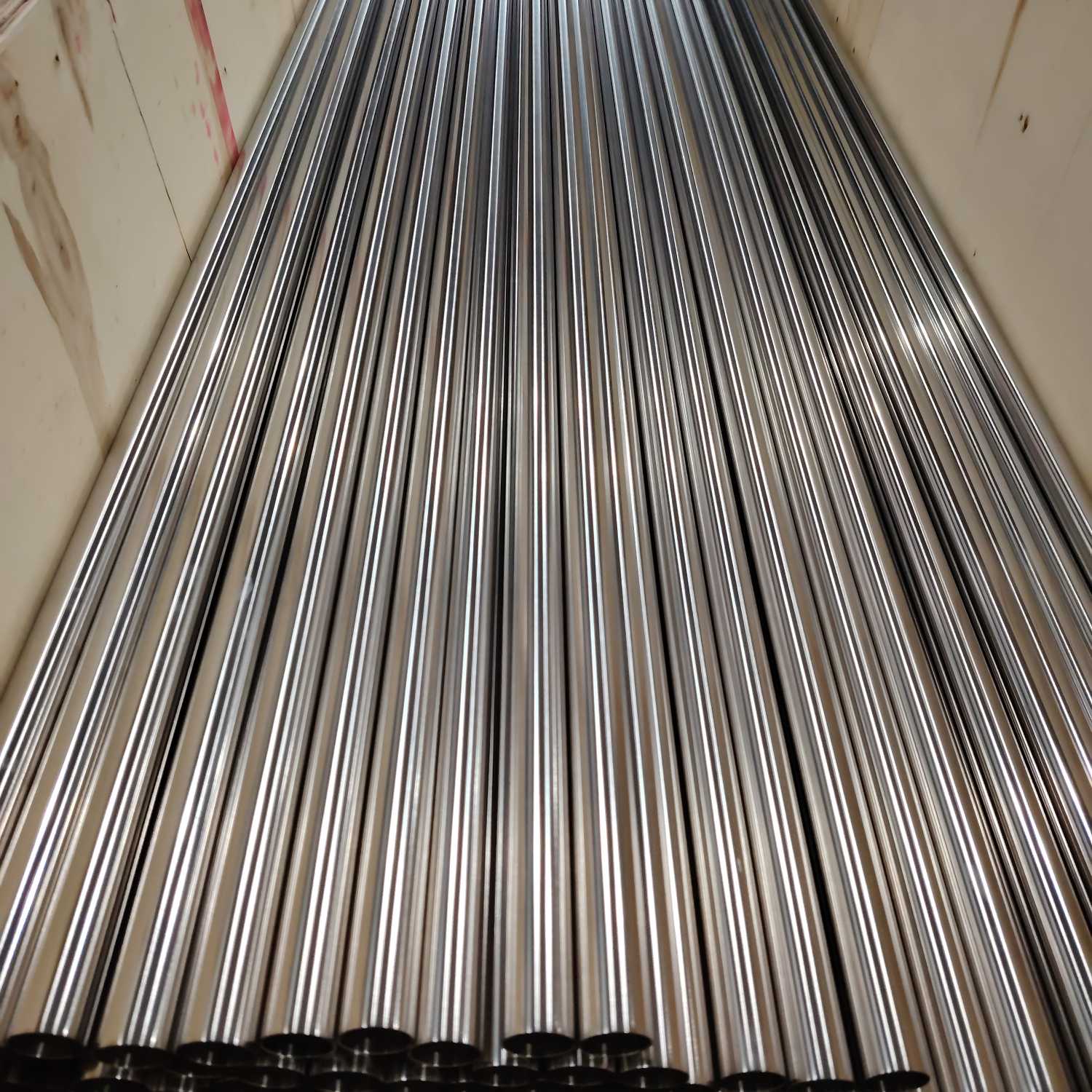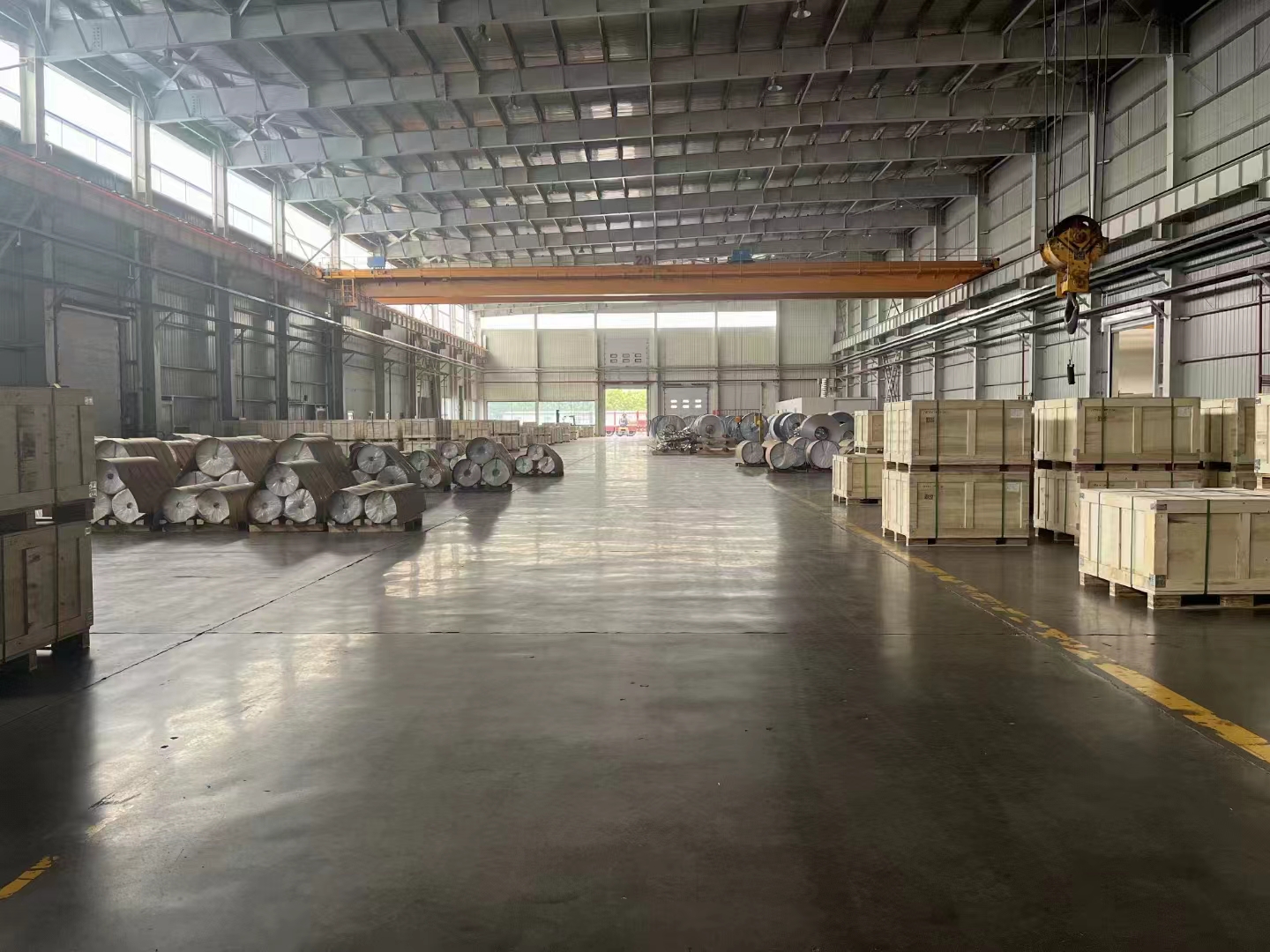what is 18/8 stainless steel?

-Huaxiao Stainless Steel Manufacturers
In your daily routines, you might not realize it, but the gleaming silverware adorning your dining table or the durable kitchen appliances are often crafted from a particular stainless steel: 18/8. Yes, that’s the subtle yet essential label you might spot on your favorite cutlery or in the high-quality pots and pans in your kitchen. But what exactly does this 18/8 tag signify?
Table of Contents
What does 18/8 mean in Stainless Steel?
18/8 stainless steel refers to a specific grade within the stainless steel family, denoting its composition. In this designation, “18” represents the approximate percentage of chromium present in the alloy, typically around 18%, while “8” signifies the approximate percentage of nickel, typically around 8%. This alloy composition categorizes it as an austenitic stainless steel type.
what is Stainless Steel?
Stainless steel, as a fundamental alloy, is a ferrous alloy primarily composed of iron and a minimum of 10.5% chromium content by mass. This alloying element, chromium, plays a pivotal role in imparting stainless steel’s inherent corrosion resistance. Alongside chromium, additional alloying elements like nickel, manganese, or molybdenum may be incorporated to enhance specific properties, such as resistance to oxidation, strength, or formability. Stainless steel manufacturers meticulously control the alloy’s composition and metallurgical processes to achieve desired grades tailored for diverse industrial applications, ranging from construction and automotive to food processing and medical equipment manufacturing. This meticulous control ensures the creation of materials with superior resistance to corrosion, durability, and versatility across multiple sectors.
about stainless steel grade
Stainless steel grades, denoted by numeric designations like 18/8, embody specific compositions defining their properties. In the case of 18/8 stainless steel, this designation signifies its chromium and nickel content: approximately 18% chromium and 8% nickel by mass. These elements confer remarkable corrosion resistance and stability to the alloy.
Within the stainless steel grading system, 18/8 stainless steel commonly corresponds to ASTM grade 304. This grade epitomizes a versatile, corrosion-resistant austenitic stainless steel widely used in diverse applications.
Stainless steel manufacturers meticulously craft alloys like 18/8 stainless steel, tailoring their compositions for desired characteristics. The 18/8 classification denotes a balance between chromium for corrosion resistance and nickel for ductility and strength, positioning it as a foundational grade admired for its durability, suitability in food processing, architectural applications, and various industrial uses.
about stainless steel grade
Pros:
Corrosion Resistance:
- 18-8 stainless steel has excellent resistance to corrosion and oxidation due to its high chromium content. It is resistant to rust and tarnishing in many environments, including humid and coastal areas.
Strength and Durability:
- It offers strong tensile strength and excellent durability, making it ideal for various applications, including construction, cookware, and industrial uses.
Non-Magnetic:
- 18-8 stainless steel is generally non-magnetic in its annealed state, which makes it suitable for applications where magnetism is undesirable.
Hygienic and Easy to Clean:
- Its smooth surface is non-porous, making it resistant to bacteria build-up and easy to sanitize. This is why it is commonly used in kitchens, food preparation areas, and medical settings.
Cost-Effective:
- Although it contains nickel, which adds to its cost, 18-8 stainless steel offers a great balance of price and performance, making it affordable for widespread use.
Heat Resistance:
- It can withstand high temperatures without losing its strength or corroding, making it suitable for applications in high-heat environments.
Aesthetic Appeal:
- The smooth and polished appearance of 18-8 stainless steel is visually appealing and commonly used in home decor, kitchenware, and architectural designs.
Cons:
Nickel Sensitivity:
- Some individuals may be sensitive to nickel. Although the amount of nickel that leaches out of 18-8 stainless steel is minimal, those with severe nickel allergies may need to be cautious.
Not Fully Corrosion-Proof:
- While it offers great corrosion resistance, 18-8 stainless steel is not completely immune to corrosion in harsh conditions like marine environments or exposure to strong acids and chlorides. In those cases, higher-grade stainless steels such as 316, with more molybdenum, may be better suited.
Not Magnetic:
- Its non-magnetic properties can be a disadvantage in applications where magnetic properties are required, such as certain types of machinery.
Work Hardening:
- When subjected to cold working, 18-8 stainless steel can harden, making it more difficult to machine or form into certain shapes.
Higher Cost than Lower-Grade Steels:
- Although cost-effective relative to other stainless steels, 18-8 stainless steel is more expensive than lower-grade steels like 430 stainless steel, which contain no nickel.
Limited Chloride Resistance:
- While resistant to many chemicals, 18-8 stainless steel can corrode when exposed to environments rich in chloride, such as saltwater, which can cause pitting and crevice corrosion.
chemical components of 18/8 stainless steel
18/8 stainless steel, a distinguished alloy, embodies a specific chemical composition critical to its properties. This alloy primarily comprises approximately 18% chromium and around 8% nickel by mass. Chromium serves as the cornerstone element, forming a passive oxide layer on the alloy’s surface, providing exceptional resistance against corrosion in various environments.
The complementing element, nickel, augments the alloy’s ductility, toughness, and resistance to extreme temperatures. Stainless steel manufacturers meticulously engineer 18/8 stainless steel, carefully controlling the composition and metallurgical processes to ensure the desired balance between chromium and nickel content. This balanced composition positions 18/8 stainless steel as an austenitic grade renowned for its corrosion resistance, making it a staple in industries such as food processing, architecture, and manufacturing of durable equipment and appliances.
| Standard | C (Carbon) | Si (Silicon) | Mn (Manganese) | P (Phosphorus) | S (Sulfur) | Cr (Chromium) | Ni (Nickel) |
|---|---|---|---|---|---|---|---|
| ASTM | ≤ 0.08 | ≤ 1.00 | ≤ 2.00 | ≤ 0.045 | ≤ 0.030 | 18.0-20.0 | 8.0-10.5 |
| JIS | ≤ 0.08 | ≤ 1.00 | ≤ 2.00 | ≤ 0.045 | ≤ 0.030 | 18.0-20.0 | 8.0-10.5 |
| EN | ≤ 0.07 | ≤ 1.00 | ≤ 2.00 | ≤ 0.045 | ≤ 0.015 | 17.5-19.5 | 8.0-10.5 |
| GB | ≤ 0.08 | ≤ 1.00 | ≤ 2.00 | ≤ 0.045 | ≤ 0.030 | 17.0-19.0 | 8.0-11.0 |
-Huaxiao Stainless Steel Manufacturers
Please note, that these are typical ranges for the chemical composition. Different standard organizations may have slight variations in their specific requirements for chemical composition.
properties of 18/8 stainless steel
18/8 stainless steel, known for its distinctive properties, exhibits notable characteristics crucial to its performance in various applications.
The hallmark feature of 18/8 stainless steel lies in its exceptional resistance to corrosion, attributed primarily to its chromium content. Chromium, present at approximately 18%, forms a chromium oxide layer on the steel’s surface, acting as a protective shield against corrosion, oxidation, and rust, even in harsh environments. This property makes 18/8 stainless steel highly suitable for applications where resistance to corrosion is paramount.
The alloy’s resistance to high temperatures is bolstered by its nickel content, around 8%. Nickel enhances the steel’s ability to maintain its structural integrity and mechanical properties at elevated temperatures, rendering it suitable for use in applications involving high heat environments, such as exhaust systems and industrial furnaces.
Beyond its corrosion and temperature resistance, 18/8 stainless steel boasts commendable mechanical properties. The alloy demonstrates good strength, ductility, and formability due to its balanced composition of chromium and nickel. This favorable combination allows for ease in fabrication, making it an excellent choice for various manufacturing processes.
Stainless steel manufacturers carefully engineer 18/8 stainless steel, ensuring precise control over the alloy’s composition to optimize these properties. Its corrosion resistance, high-temperature resilience, and mechanical robustness make 18/8 stainless steel a sought-after material in industries like food processing, architecture, and industrial equipment manufacturing.
application of 18/8 stainless steel
18/8 stainless steel enjoys widespread utilization across various industries due to its exceptional properties, making it a preferred choice in food processing, manufacturing, and architectural applications.
- Food Processing: The inherent corrosion resistance of 18/8 stainless steel, owing to its balanced chromium-nickel composition, makes it an ideal material for food processing equipment. Its non-reactive nature ensures food safety by preventing contamination, making it suitable for containers, machinery, and surfaces exposed to acidic or corrosive food substances. Manufacturers rely on 18/8 stainless steel due to its hygienic properties and ease of cleaning, meeting stringent industry standards.
- Manufacturing Industry: In the manufacturing sector, 18/8 stainless steel finds extensive use in producing durable equipment and machinery. Its corrosion resistance and mechanical properties make it well-suited for industrial applications, including components in machinery, tools, valves, and pumps. Its formability facilitates diverse fabrication processes, contributing to its prevalence in manufacturing operations.
- Architectural Applications: Architects and builders favor 18/8 stainless steel for architectural purposes due to its aesthetic appeal, durability, and resistance to corrosion in various environmental conditions. It is commonly employed in constructing building facades, roofing, handrails, and decorative elements, providing an attractive finish while ensuring long-term structural integrity.
Stainless steel manufacturers play a pivotal role in meeting the demands of these industries by providing 18/8 stainless steel tailored to specific requirements. Its versatility, corrosion resistance, and mechanical strength make it an indispensable material across food processing, manufacturing, and architectural sectors, offering reliability, longevity, and compliance with industry regulations.
18/8 Stainless Steel vs. 18/10 and 316
Comparing 18/8 stainless steel with other prevalent stainless steel grades like 18/10 and 316 elucidates significant differences in their chemical compositions and properties.
- 18/8 Stainless Steel: It consists of approximately 18% chromium and 8% nickel, known for its balanced composition offering good corrosion resistance and mechanical properties.
- 18/10 Stainless Steel: This grade contains roughly 18% chromium and 10% nickel. It shares similarities with 18/8 but possesses slightly higher nickel content, enhancing its resistance to corrosion and providing improved durability in harsher environments.
- 316 Stainless Steel: Featuring around 16-18% chromium, 10-14% nickel, and 2-3% molybdenum, 316 stainless steel offers superior corrosion resistance, especially in corrosive and chloride-rich environments like marine settings. Its molybdenum content strengthens its resistance to pitting and crevice corrosion.
- 18/8 Stainless Steel: Recognized for its balanced performance, offering good corrosion resistance suitable for various applications in different industries.
- 18/10 Stainless Steel: It shares similar attributes with 18/8 but presents slightly better corrosion resistance due to the increased nickel content.
- 316 Stainless Steel: Renowned for its exceptional corrosion resistance, particularly in aggressive environments, making it highly sought-after in marine, chemical, and pharmaceutical applications.
Stainless steel manufacturers meticulously tailor these grades, adjusting their compositions to achieve desired properties. While 18/8 and 18/10 are valued for their general-purpose corrosion resistance, 316 stainless steel stands out for its exceptional resistance to harsh conditions, underscoring the nuanced differences in their chemical compositions and performance characteristics.
| Properties | 18/8 Stainless Steel | 18/10 Stainless Steel | 316 Stainless Steel |
|---|---|---|---|
| Chromium Content (%) | Approximately 18 | Approximately 18 | 16-18 |
| Nickel Content (%) | Approximately 8 | Approximately 10 | 10-14 |
| Molybdenum Content | Not Present | Not Present | Approximately 2-3 |
| Corrosion Resistance | Good | Slightly Improved | Excellent, Especially in Corrosive Environments |
| Application Range | Diverse Industries | Versatile Applications | Marine, Chemical, and Pharmaceutical Industries |
| Notable Feature | Balanced Composition | Enhanced Durability | Superior Corrosion Resistance in Aggressive Settings |
-Huaxiao Stainless Steel Manufacturers
Please note that this table provides a simplified comparison and specific properties may vary based on precise alloy compositions and manufacturing processes.
Conclusion
The significance of 18/8 stainless steel lies in its multifaceted applications across various sectors, underpinned by its exceptional performance and versatile properties.
Versatile Applications: 18/8 stainless steel, with its balanced chromium-nickel composition, serves as a cornerstone material across diverse industries. Its corrosion resistance, mechanical strength, and hygienic properties make it indispensable in food processing, manufacturing, and architectural domains.
Unmatched Performance: Renowned for its corrosion resistance and mechanical robustness, 18/8 stainless steel meets stringent industry demands. Its ability to withstand harsh environments, coupled with ease of fabrication, ensures its prevalence in critical applications.
Future Potential: The adaptability and durability of 18/8 stainless steel position it favorably for future advancements. Stainless steel manufacturers continue to refine its composition and manufacturing techniques, harnessing its potential for evolving demands in modern industries. The alloy’s reliability and sustainability contribute to its continued relevance in an ever-changing industrial landscape.
The superior performance, adaptability, and multifunctionality of 18/8 stainless steel underscore its pivotal role in various sectors. Its continuous refinement by stainless steel manufacturers assures its enduring significance and potential for future technological advancements, affirming its status as a versatile and vital material across diverse industries.


